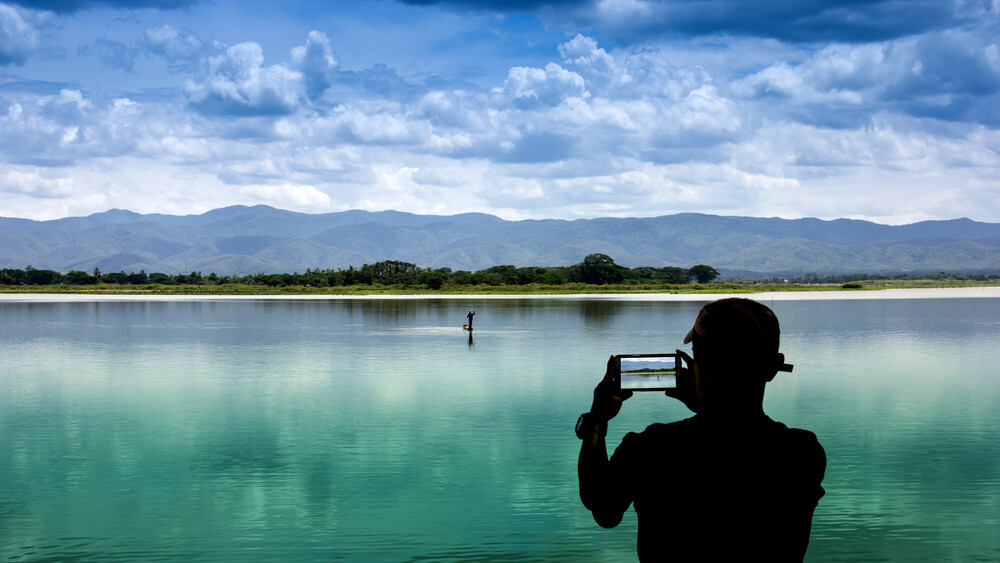
Whether you’re taking pictures with a DSLR or a smartphone, there are some basic rules you can follow to ensure you are taking awesome photos.
With today’s modern smartphone, you have a camera that is capable of taking incredibly sharp pictures, but you need to understand how to find the right conditions (focus, lighting, contrast, etc.) to snap the perfect shot.
Here are six tips to help you go from novice to know-how.
Focus properly

While most cameras auto-focus, you want to make sure the camera has a second to properly focus on your target. And it’s easier to focus on surfaces that have contrast and details, so the camera’s technology has a reference point.
Some cameras have a two-stage focus feature that can help you setup the shot properly.
When focusing on a subject, remember the “rule of thirds” which basically means imagining three horizontal and vertical lenses over the picture frame, then aligning subjects on the horizon along those lines.
And don’t forget to hold the camera still! Shaking will cause the focus to move and result in blurry pics.
Avoid the “washed out” look

This can happen because the camera doesn’t properly estimate the amount of exposure and/or because flat lighting takes away depth.
Most smartphones allow the user to manually compensate for the exposure, so images have proper contrast.
For the flash, the trick is to not have it be the only light source for the picture. It should be a source of ambient light so the shutter speed isn’t too slow.
If the flash is the only light source, your main option is to bounce it off a reflective surface, otherwise you can’t avoid a flat picture.
Setup properly

You can setup a scene for smartphone photography by adhering to the following ‘rules’.
- Avoid low-light situations
- Avoid backlighting
- Low-contrast lighting won’t allow your subject to be front and center
You also want to avoid a moving subject, and should focus on people’s faces as the focal point when taking shots of individuals
Lighting matters

You also want to consider the color of the lighting and the effect it has on the overall picture.
Warmer lights in the orange or yellow spectrum for example tend to work well with warm-colored objects, especially if you need them to stand out from a “cool” background.
Capture a moment

When armed with a smartphone, be sure you understand the most commonly used camera application settings and are using good default settings.
You can set a default to have the flash turned off, the exposure compensation to zero, and your white balance on “auto.” Then it’s all about developing an eye for crucial moments – which will take practice to develop the right composition and lighting that will turn a mere picture into a “moment.”
Create your own look

Creating a persona means consistently composing images a certain way, or using reflections in exciting ways.
You ultimately want to create a story with your images – where pictures evoke strong emotions or propel the viewer to ponder something or challenge them in some way.
Don’t be afraid to experiment with the smartphone’s settings and effects to create some overexposed or unconventional photos to help you develop a style.
Article images courtesy of Dreamstime.
Get the TNW newsletter
Get the most important tech news in your inbox each week.




